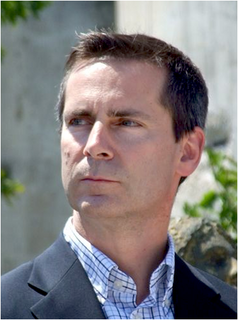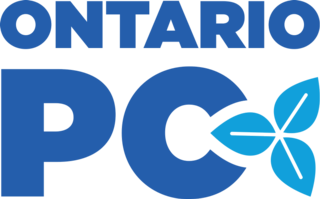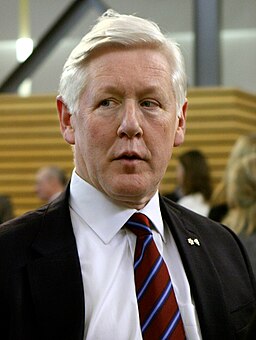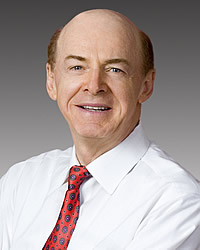| |||||||||||||||||||||||||||||||||||||||||||||||||||||||||||||||||||||||
107 seats in the 39th Legislative Assembly of Ontario 54 seats were needed for a majority | |||||||||||||||||||||||||||||||||||||||||||||||||||||||||||||||||||||||
|---|---|---|---|---|---|---|---|---|---|---|---|---|---|---|---|---|---|---|---|---|---|---|---|---|---|---|---|---|---|---|---|---|---|---|---|---|---|---|---|---|---|---|---|---|---|---|---|---|---|---|---|---|---|---|---|---|---|---|---|---|---|---|---|---|---|---|---|---|---|---|---|
| |||||||||||||||||||||||||||||||||||||||||||||||||||||||||||||||||||||||
 Popular vote by riding. As this is an FPTP election, seat totals are not determined by popular vote, but instead via results by each riding. Riding names are listed at the bottom. | |||||||||||||||||||||||||||||||||||||||||||||||||||||||||||||||||||||||
| |||||||||||||||||||||||||||||||||||||||||||||||||||||||||||||||||||||||
The Ontario general election of 2007 was held on October 10, 2007, to elect members (MPPs) of the 39th Legislative Assembly of the Province of Ontario, Canada. The Liberals under Premier Dalton McGuinty won the election with a majority government, winning 71 out of a possible 107 seats with 42.2% of the popular vote. The election set a record for the lowest voter turnout in an Ontario provincial election; only 52.8% people who were eligible voted. This broke the previous record of 54.7% in the 1923 election. [1]
A Member of Provincial Parliament (MPP) is an elected member of the Legislative Assembly of the Province of Ontario, Canada.

Ontario is one of the 13 provinces and territories of Canada and is located in east-central Canada. It is Canada's most populous province accounting for 38.3 percent of the country's population, and is the second-largest province in total area. Ontario is fourth-largest jurisdiction in total area when the territories of the Northwest Territories and Nunavut are included. It is home to the nation's capital city, Ottawa, and the nation's most populous city, Toronto, which is also Ontario's provincial capital.

Dalton James Patrick McGuinty, Jr., is a Canadian retired politician who served as the 24th Premier of Ontario from 2003 to 2013. He was the first Liberal leader to win two majority governments since Mitchell Hepburn nearly 70 years earlier. In 2011, he became the first Liberal premier to secure a third consecutive term since Oliver Mowat (1872–1896), after his party was re-elected in that year's provincial election.
Contents
- Issues
- Ridings
- Results by party
- Maps
- Results
- Incumbent MPPs who did not run for re-election
- Opinion polls
- Riding specific polls
- Timeline
- Election results
- Breakdown by region
- Northern Ontario
- Eastern Ontario
- Central Ontario
- Midwestern Ontario
- Brampton, Mississauga & Oakville
- Southern Durham and York
- Hamilton, Burlington & Niagara
- Southwestern Ontario
- Toronto
- See also
- References
- Notes
- Citations
- External links
- Elections Ontario
- Canadian news/media networks
- Blogs and forecasters
As a result of legislation passed by the Legislature in 2004, election dates are now fixed by formula so that an election is held approximately four years after the previous election, unless the government is defeated by a vote of "no confidence" in the Legislature. Previously, the governing party had considerable flexibility to determine the date of an election anywhere up to five years of being elected. The date of this election was originally presumed to be October 4, 2007; [2] however, the law fixes the date on the first Thursday of October or on any day within seven days thereof if required to accommodate a date of "religious or cultural significance". The date was set as October 10, 2007 to avoid a conflict with the Jewish holiday of Shemini Atzeret, which fell on October 4, 2007. [2]
In Canada, some jurisdictions have passed legislation fixing election dates, so that elections occur on a more regular cycle and the date of a forthcoming election is publicly known. However, the Governor General of Canada, on the advice of the Prime Minister of Canada; the provincial lieutenant governors, on the advice of the relevant premier; and the territorial commissioners do still have the constitutional power to, on the advice of the relevant premier, call a general election at any point before the fixed date. By-elections, used to fill vacancies in a legislature, are also not affected by fixed election dates.
A motion of no-confidence, alternatively vote of no confidence, or (unsuccessful) confidence motion, is a statement or vote which states that a person in a position of responsibility is no longer deemed fit to hold that position, perhaps because they are inadequate in some respect, are failing to carry out obligations, or are making decisions that other members feel detrimental. As a parliamentary motion, it demonstrates to the head of state that the elected parliament no longer has confidence in the appointed government. If a no confidence motion is passed against an individual minister they have to give their resignation along with the entire council of ministers.
Shemini Atzeret is a Jewish holiday. It is celebrated on the 22nd day of the Hebrew month of Tishrei in the Land of Israel, and on the 22nd and 23rd outside the Land, usually coinciding with late September or early October. It directly follows the Jewish festival of Sukkot which is celebrated for seven days, and thus Shemini Atzeret is literally the eighth day. It is a separate—yet connected—holy day devoted to the spiritual aspects of the festival of Sukkot. Part of its duality as a holy day is that it is simultaneously considered to be both connected to Sukkot and also a separate festival in its own right.
In the same election, there was a provincial referendum on whether to change from first-past-the-post to mixed member proportional representation, as recommended by the Ontario Citizens' Assembly on Electoral Reform. This measure failed, with 37% of the participating electorate and 5 out of 107 ridings voting for the new system; a 60% supermajority was required province-wide, with at least half the ridings also supporting it by a simple majority.
A supermajority or supra-majority or a qualified majority, is a requirement for a proposal to gain a specified level of support which is greater than the threshold of more than one-half used for majority.


























